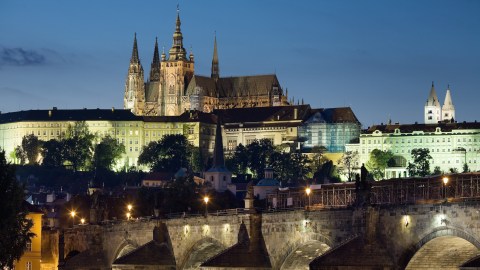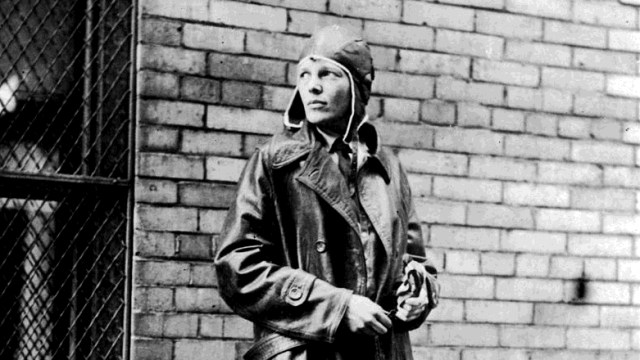Prague holds the secret to great art

What conditions are necessary for great art? Does it merely require a person of extreme genius to come along? Does it require patronage and lots of money? What about a vibrant and active community? Belief in a transcendent power? Belief in a cause greater than oneself?
Each of these questions was on my mind as I walked through the streets of Prague a couple of weeks ago. In every direction, there are beautiful buildings adorned with jagged spires and fantastical sculptures. Even cheap bodegas are housed in gothic masterpieces that would be tourist-worthy in any other city.
Prague is a city that forces you to feel humble. You’re surrounded by artistic details that would take decades to attempt and a lifetime to master. Simple statuettes that adorn common buildings are out of the scope of almost any modern sculpture student; most of who choose to weld or glue together disparate objects into “modernist masterpieces.”
This is perhaps one of the reasons why the west coast of California, in which a 100-year-old claptrap building is “ancient,” is the home of audacious visions and innovation. It’s easy to see anything as possible when one is surrounded by simple, quickly assembled objects. When you see a new neighborhood get constructed in a matter of months, you feel empowered — if that’s possible, what else is?
Tradition is filled with barriers to entry, but it’s also filled with beauty. After all, a tradition is made up of the trial-and-error learnings of tens of thousands, or millions, of people just as smart as us. While we may want to be rebellious and disregard their lessons, we do so at our own peril. In the case of architecture and art, we’ve done so with enormous costs.
Our modern cities today look as if they were made out of cardboard boxes and Lego pieces. Buildings consist of four unadorned planes with windows punched into them, and frilly adornments or statues are as rare as spotted owls. This is perhaps one of the reasons that buildings in New York and San Francisco are in such disrepair — who would want to put money or time into such horrendous creations?
The buildings that make up much of Prague, however, have crown moulding more beautiful than half the pieces in the Museum of Modern Art. This attention to aesthetic beauty and detail has a strange effect on the psyche. It makes you feel like you’re someplace important and even holy; which brings us back to the first question I asked: What conditions are necessary for great art? I know this sounds silly and cliché, but could it be divine inspiration? After all, many of Prague’s great buildings were constructed or imagined during the reign of Charles IV, Holy Roman Emperor.
This is the conclusion that scholar Charles Murray came to in his great tome, Human Accomplishment. As he finishes his book:
“A story is told about the medieval stone masons who carved the gargoyles that adorn the great Gothic cathedrals. Sometimes their creations were positioned high upon the cathedral, hidden behind cornices or otherwise blocked from view, invisible from any vantage point on the ground. They sculpted these gargoyles as carefully as any of the others, even knowing that once the cathedral was completed and the scaffolding taken down, their work would remain forever unseen by any human eye. It was said that they carved for the eye of God. That, written in a thousand variations, is the story of human accomplishment.”





